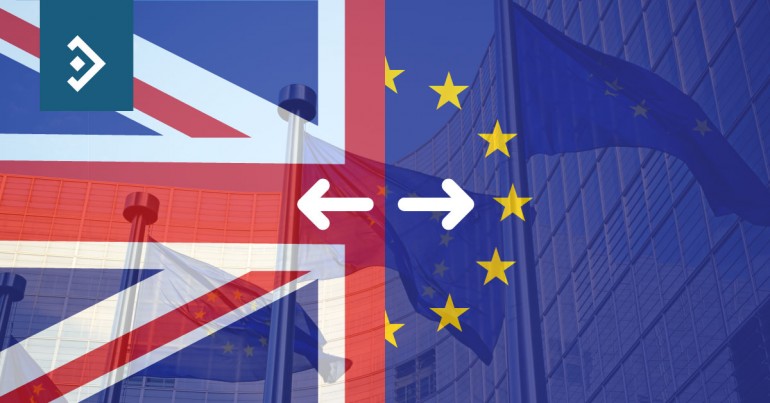
Brexit Hopes and Set to Become Reality
Morning mid-market rates – The majors
February 28th: Highlights
- Sterling trading in narrow range
- U.K. Consumer spending slowing
- Fed. to hike sooner rather than later
Brexit trigger expected
Yesterday’s survey of household intentions showed that consumers expect to have less money towards the end of the year as inflation moves towards 3% but wage growth fails to keep up. Given the fragility of consumer confidence, the Bank of England’s hands are tied to a certain extent and they will need to see inflation growing at significantly above trend before they adjust current monetary policy.
As we come to the end of the month, focus will return to the Government’s plans for triggering the formal notice of resignation from the EU. The upper house of Parliament could still add conditions to the Government’s negotiating terms but they will not delay passage of the bill. Article 50 will be triggered by March 31st and this should prove a catalyst for sterling to move out of the narrow ranges in which it has been trading. Against a Euro which is drifting, the pound rallied to trade below 0.8500 but support at 0.8480 saw it return to familiar territory around 0.8510.
Considering your next transfer? Log in to compare live quotes today.
Trump to online tax plans to Legislators
The Euro, facing headwinds from political concerns, sees resistance above 1.0620 but major selling interest near the high of the year, around the 1.08 level. The Dutch and French elections are providing a driver for traders to test downside support below 1.04 and parity could well come back into focus. Wilders and Le Pen’s campaigns continue to attract attention. Neither is likely to achieve victory outright but the wind of change from an upswing in populist nationalist sentiment could rattle Brussels and drive a fall in the single currency.
U.S. orders for Durable Goods fell in January, following three months of strong gains, but a 0.4% fall (following a 1.1% gain in December) did little to dent market views that manufacturing continues to pick up.
The Fed. remains on track to hike rates again at its next meeting (March 15/16) following more definite guidance from the Chairman of the Dallas Fed. who is a voting member of the FOMC. The different paths of U.S. versus Eurozone interest rates will be a major driver of the exchange rate movements, once the upcoming elections are out of the way. Fundamentals point towards a stronger dollar, no matter what the President and Treasury Secretary say.
The Australian economy will receive a further boost as trade data is set to be released. Last month’s record rise in exports could be surpassed driving the currency higher. Last week’s signal that we have seen the last of interest rate cuts is providing support around 0.7550. The upside is not particularly protected and a further record trade surplus could see the AUD soar to 0.7800
Have a great day!

About Alan Hill
Alan has been involved in the FX market for more than 25 years and brings a wealth of experience to his content. His knowledge has been gained while trading through some of the most volatile periods of recent history. His commentary relies on an understanding of past events and how they will affect future market performance.”



